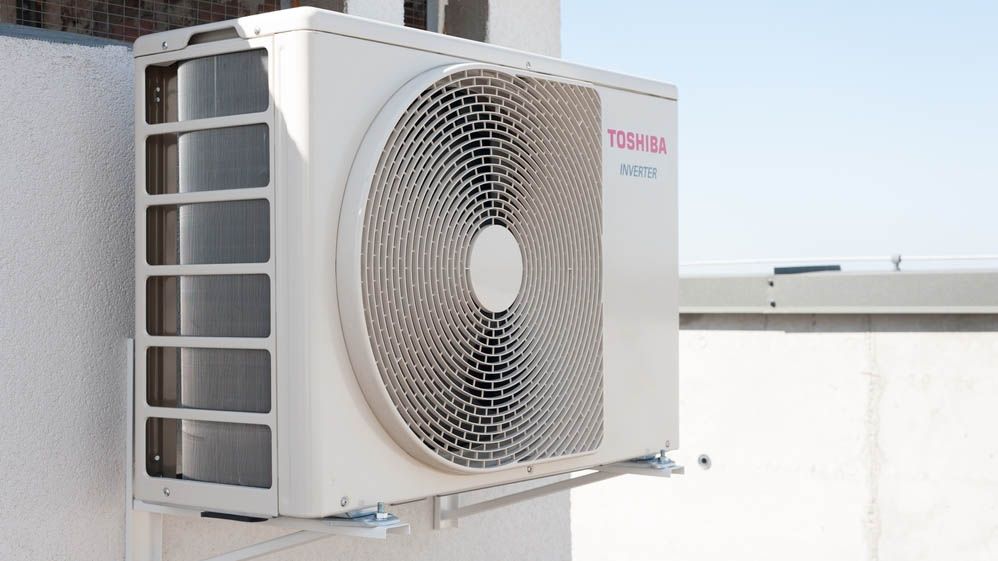Mold can silently proliferate in an unexpected location within homes: the air conditioning unit. While many people regularly check common areas like bathrooms and basements for mold, they often overlook their AC systems. According to Jeff Berzolla, a home maintenance expert at Instant Roofer, air conditioning units, vents, and ductwork can harbor mold and moss, posing a serious health risk.
The environment created by air conditioners is particularly conducive to mold growth. Warm, humid air that enters the unit meets cool surfaces, leading to condensation. When combined with dust, pollen, and organic debris, these conditions become ideal for mold and moss to thrive. Berzolla warns that many homeowners mistakenly believe their AC units only cool their homes, not realizing they could be circulating harmful spores throughout their living spaces.
The risk escalates during the summer months when air conditioning systems are in heavy use. This continuous cycling of moisture and organic matter allows dangerous microorganisms to thrive unchecked, potentially impacting health.
Understanding the Health Implications
Exposure to mold can lead to a variety of health issues, particularly for vulnerable individuals, including children, the elderly, and those with respiratory problems. Berzolla notes that families often experience unexplained health challenges, only to find the source of their troubles lurking in their ductwork. Symptoms of mold exposure may include headaches, skin irritation, and respiratory infections.
“It’s alarming how long contamination can go unnoticed,” Berzolla explains. “By the time you notice symptoms, the mold has often been growing for weeks or even months.”
Maintaining Your AC Unit to Prevent Mold
To safeguard against the health risks associated with mold in air conditioning systems, Berzolla suggests several proactive measures:
1. **Change Air Filters Regularly**: It is essential to change or clean air filters every 30-60 days, especially during peak usage times. A clean filter improves air flow and reduces moisture buildup, which discourages mold growth.
2. **Clean the Outdoor Unit**: Ensure that vegetation does not obstruct airflow to the outdoor unit. Regularly remove any leaves, grass clippings, or debris that could hinder air circulation.
3. **Check the Drain Pan**: Inspect the condensate drain pan to ensure it is free from clogs. Standing water in the drain pan is a significant indicator of potential mold growth.
4. **Schedule Professional Cleaning**: While homeowners can manage certain maintenance tasks, Berzolla advises having ductwork professionally cleaned every 3-5 years or sooner if mold is suspected. Professionals can reach areas that may be unsafe for regular cleaning.
By taking these steps, homeowners can significantly reduce the risk of mold growth in their air conditioning systems and protect their families’ health.
With increased awareness and regular maintenance, it is possible to enjoy a safer indoor environment, free from the hidden dangers of mold.

































































